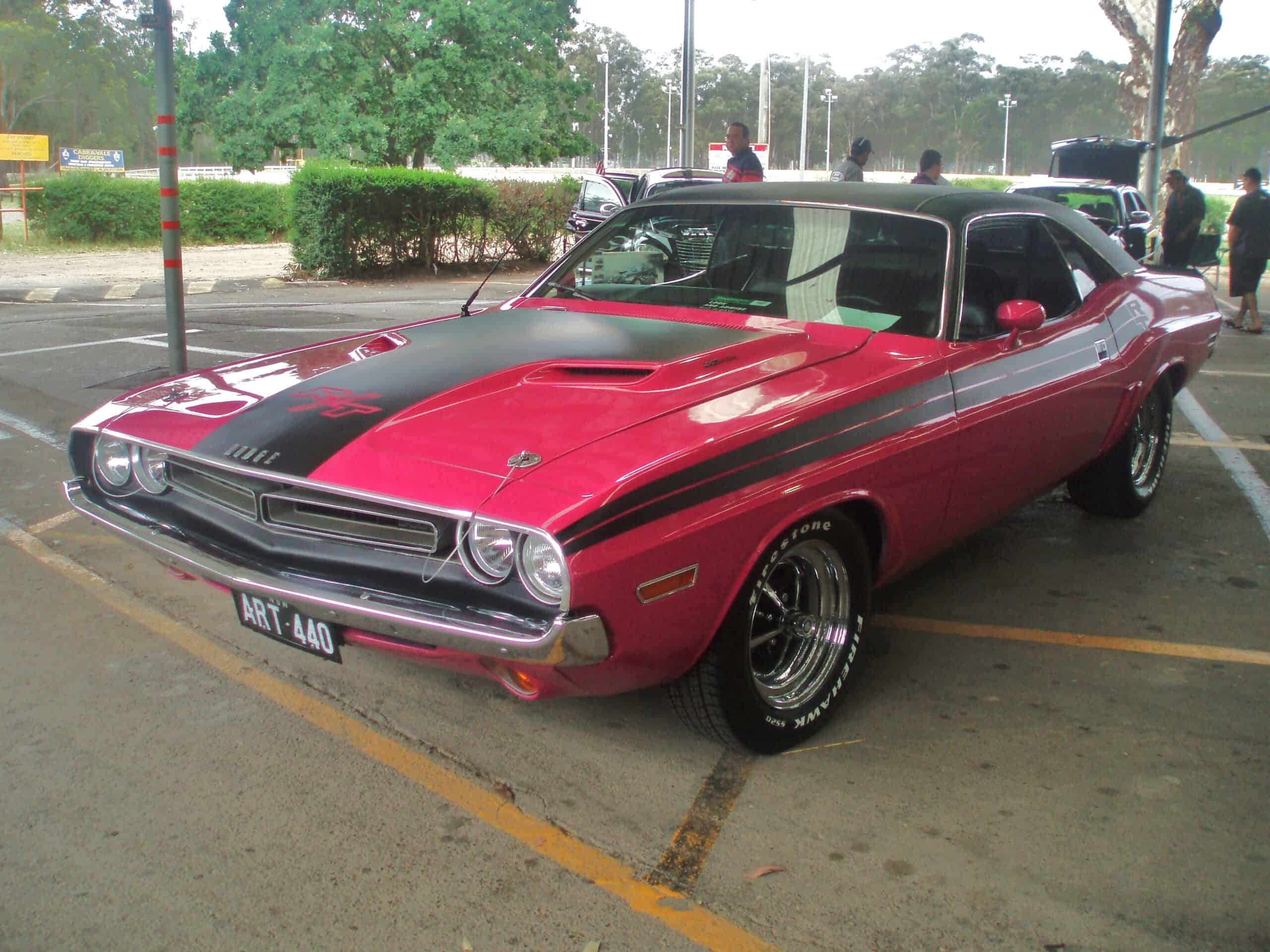The 20th century was a period of remarkable innovation and technological advancement. From transforming how we communicate to revolutionizing medicine and transportation, the inventions of this era have profoundly shaped the world we live in today. These groundbreaking developments have not only enhanced our daily lives but also paved the way for future progress, making the 20th century a pivotal time in human history. Here are some of the most revolutionary inventions from that transformative century.
The Internet (1960s)

The Internet revolutionized communication, information sharing, and commerce. Initially developed as ARPANET for military use, it evolved into a global network connecting billions of devices. The Internet has transformed industries, enabled instant communication, and created a digital economy, making it one of the most influential inventions of the 20th century.
Personal Computer (1970s)

Personal computers brought computing power to homes and small businesses, changing the way people work, learn, and entertain themselves. Early models like the Apple II and IBM PC paved the way for widespread computer literacy and the development of software applications that are now integral to daily life.
Television (1920s)

Television became a major medium for entertainment, news, and education. Its ability to broadcast moving images and sound into homes worldwide reshaped culture and society. The rise of television networks and programming diversity has had a profound impact on global communication and media consumption.
The Airplane (1903)

The Wright brothers’ first successful powered flight in 1903 marked the beginning of the aviation industry. Airplanes revolutionized travel, shrinking the world and enabling rapid transportation of people and goods. This invention has had far-reaching effects on global trade, tourism, and international relations.
Antibiotics (1928)

The discovery of penicillin by Alexander Fleming in 1928 revolutionized medicine by providing an effective treatment for bacterial infections. Antibiotics have saved countless lives, reducing mortality rates and improving public health. Their development has also spurred further advancements in pharmaceutical research.
Nuclear Power (1940s)

The development of nuclear power provided a new source of energy capable of producing large amounts of electricity with low greenhouse gas emissions. While controversial due to safety concerns and potential for weaponization, nuclear power has played a significant role in meeting global energy demands.
The Automobile (1900s)

The mass production of automobiles, pioneered by Henry Ford’s assembly line, transformed transportation and industry. Cars provided personal mobility, reshaped urban planning, and spurred economic growth through the creation of related industries like oil, rubber, and steel.
The Internet of Things (IoT) (1990s)

The concept of connecting everyday objects to the Internet has revolutionized how we interact with our environment. IoT enables smart homes, wearable technology, and industrial automation, improving efficiency, convenience, and data collection in various sectors.
The Mobile Phone (1970s)
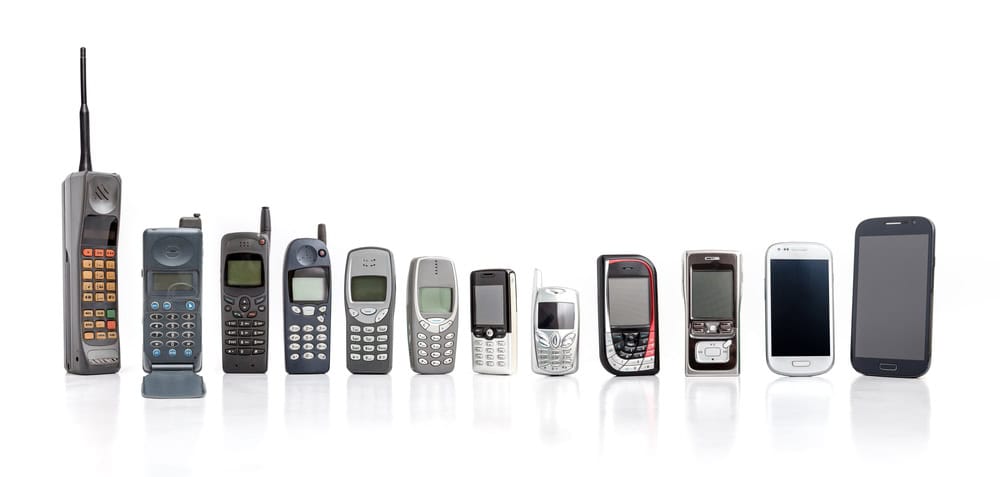
Mobile phones have revolutionized communication by making it possible to stay connected anytime, anywhere. The evolution from bulky car phones to sleek smartphones has integrated multiple functions such as calling, texting, internet access, and apps, making mobile devices indispensable.
The DNA Sequencer (1977)

The invention of DNA sequencing technology has revolutionized biology and medicine. It enables the identification of genetic disorders, the development of personalized medicine, and advances in biotechnology. The Human Genome Project, completed in 2003, was a milestone made possible by DNA sequencing.
The Microwave Oven (1945)

The microwave oven transformed cooking by significantly reducing preparation time. Its invention by Percy Spencer revolutionized how people prepare and heat food, making cooking more convenient and accessible. Microwaves are now a staple in kitchens worldwide.
Credit Card (1950s)

The introduction of credit cards revolutionized consumer finance by providing a convenient way to make purchases without cash. This innovation facilitated the growth of the credit economy, enabling consumers to buy now and pay later, and has become a fundamental aspect of modern financial systems.
Laser (1960)

The invention of the laser opened up numerous technological advancements across various fields. Lasers are used in medicine (surgery, vision correction), communications (fiber optics), manufacturing (cutting and engraving), and entertainment (CDs, DVDs). Their precision and versatility make them a cornerstone of modern technology.
The Transistor (1947)
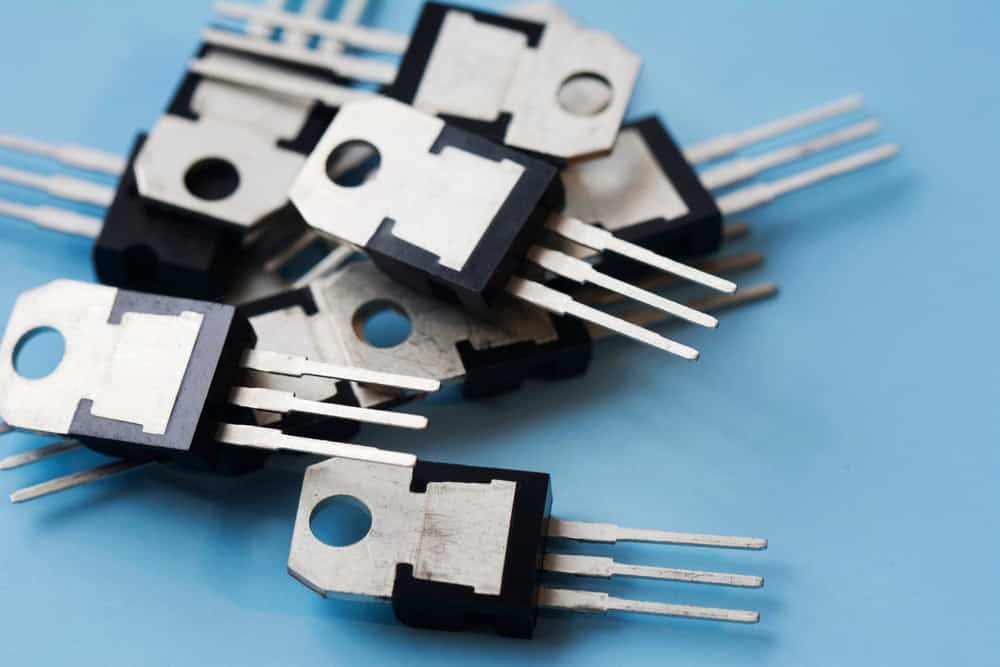
The invention of the transistor revolutionized electronics by replacing bulky vacuum tubes. Transistors enabled the development of smaller, more efficient electronic devices, leading to the creation of modern computers, smartphones, and countless other digital devices.
The Birth Control Pill (1960)

The introduction of the birth control pill gave women greater control over their reproductive health and family planning. This medical breakthrough has had profound social and economic impacts, contributing to gender equality and changing societal norms around sexuality and reproduction.
Artificial Intelligence (1950s)

The development of artificial intelligence has revolutionized numerous industries, from healthcare to finance to transportation. AI technologies, such as machine learning and neural networks, enable machines to perform tasks that typically require human intelligence, such as recognizing speech, analyzing data, and making decisions.
GPS (Global Positioning System) (1970s)

Originally developed for military navigation, GPS has become an essential tool for civilian use. It provides accurate location and time information, revolutionizing navigation, logistics, and even personal fitness tracking. GPS technology is integral to modern transportation systems and various location-based services.
The Jet Engine (1930s)
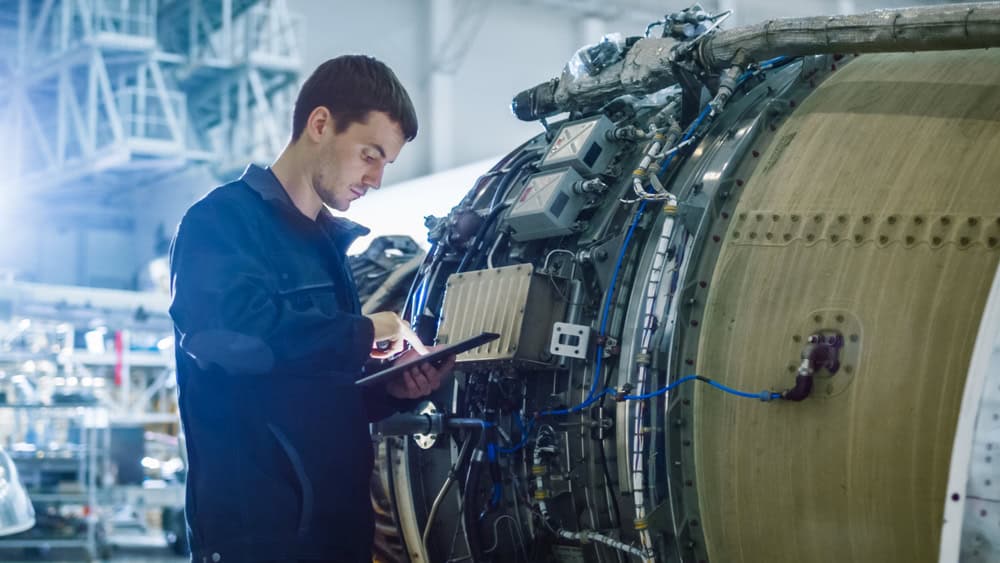
The development of the jet engine revolutionized air travel by enabling faster, longer, and more efficient flights. Jet engines have significantly reduced travel time across the globe, making international travel and commerce more accessible and connecting the world like never before.
The Spacecraft (1960s)

The invention of spacecraft and the subsequent space exploration missions have expanded our understanding of the universe. Achievements such as the Moon landing in 1969, the launch of satellites, and missions to Mars have opened up new frontiers in science and technology.
Magnetic Resonance Imaging (MRI) (1970s)
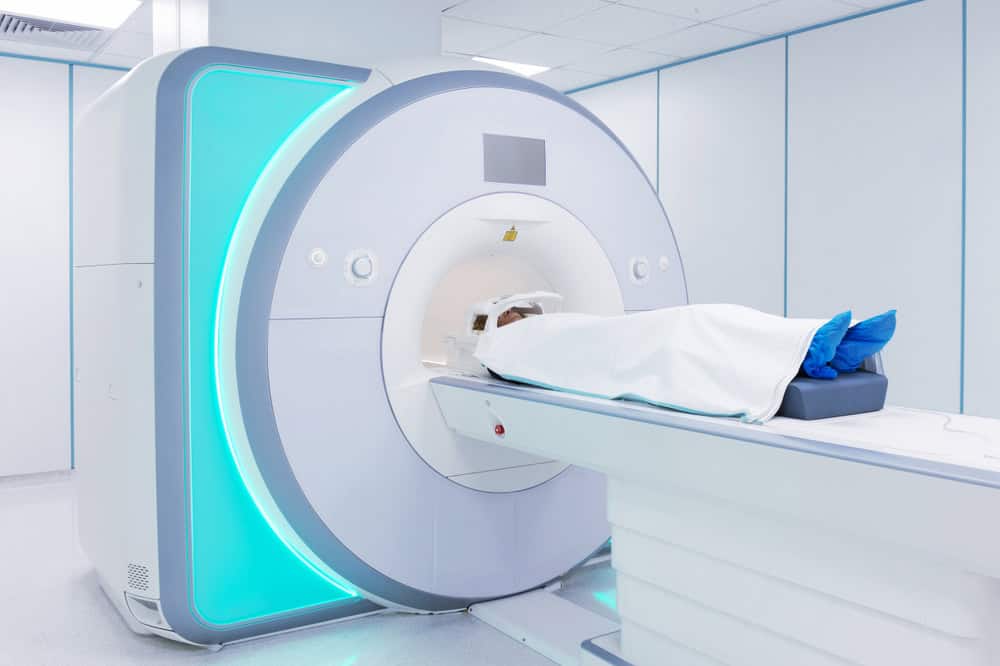
MRI technology revolutionized medical imaging by providing detailed images of the inside of the human body without using harmful radiation. This non-invasive diagnostic tool has become essential for detecting and diagnosing a wide range of medical conditions, improving patient care and outcomes.
This article originally appeared on Rarest.org.
More From Rarest.Org
Discover the world of luxury and heritage with “The 10 Most Expensive Harley-Davidsons Ever Sold.” Dive into the stories behind these prized motorcycles, each representing a blend of craftsmanship, history, and passionate collectors. Read more.
In the world of exotic pets, snakes hold a unique allure with their striking appearances and fascinating behaviors. For enthusiasts willing to invest in the extraordinary, certain snakes come with hefty price tags, reflecting their rarity, unique morphs, and the challenges involved in their care and breeding. Read more.
The Dodge Challenger is a legendary name in the world of American muscle cars, known for its powerful engines and iconic design. Over the years, Dodge has released numerous special editions and limited production models of the Challenger, some of which have become incredibly rare and sought after by collectors. Read more.



